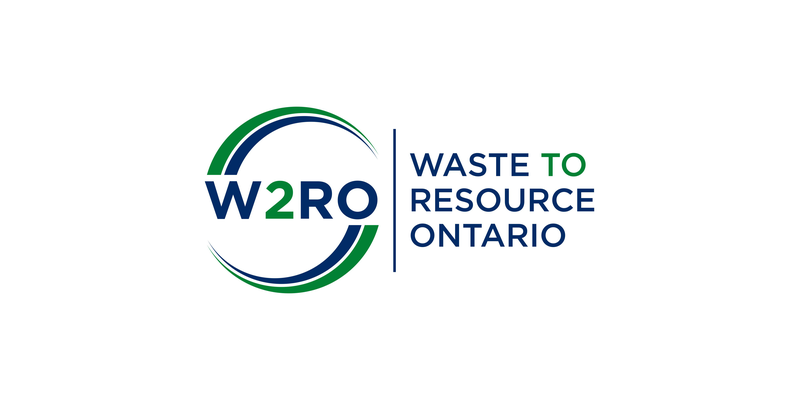
Special to OWMA News
By Paul van der Werf
There is a growing conversation among policymakers, producers and waste management professionals about the amount of food waste generated in the developed world.
To date, countries, like Canada, have been relying on very general, indirect estimates of food loss and food waste along the supply chain to support local and national strategies to tackle this challenge.
These estimates are typically calculated by taking old food-commodity-waste-estimate factors and multiplying them with food commodities available for consumption.
The problem is that this calculation involves no actual food waste measurement. Approaching this issue in this way is akin to building the roof of a house before you have built the foundation and the walls.
While this approach identifies that a considerable amount of food is wasted, it does little to help us develop, implement and measure the effectiveness of food waste reduction initiatives.
My colleague, Dr. Jason Gillard, and I took a serious look at this challenge in our recently published paper, “A systematic review of food losses and food waste generation in developed countries.”
This review argues that current indirect estimates, beyond their public service in identifying a problem, are of very little use in solving the problem of food waste.
Instead, we propose that developed countries should adopt a standardized and direct measurement of food waste. Efforts in this regard are ongoing, including in Ontario where some municipalities and some food processors are beginning to measure food waste this way.
To learn more, download our paper for free by clicking here. If you have any comments or questions about this research, please send me an email at 2cg@sympatico.ca.
